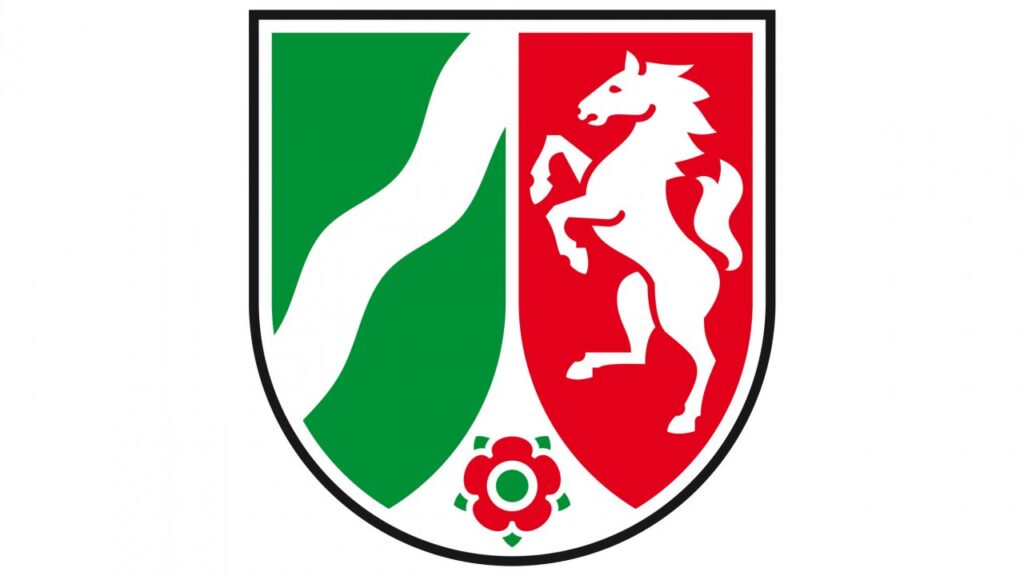

batteries in electric vehicles are often replaced after three or four years. Although they still have considerable capacity, they are being recycled – and in some cases disposed of – prematurely. Voltfang from Aachen proves that there is another way The company gives the batteries a second life and thereby significantly improves their ecological balance.
Electromobility is booming. According to statista, around 356,000 cars with purely electric drives were registered in Germany in 2021, more than ever before. In the first six months of 2022, purely electric cars also saw significant increases in registrations. There are also numerous plug-in hybrids. All of these vehicles run on batteries. The problem: the negative ecological balance during production. The balance would only improve if a battery was used for as long as possible. However, many automobile companies replace them after just a few years because the remaining capacity decreases over the years. “There are an enormous number of used electric vehicle batteries on the market that are no longer used in cars but are still functional,” says Roman Alberti. For a long time there were no buyers for them, so some of them were recycled - and some were disposed of. “Climate protection and resource efficiency look different ,” says the mechanical engineer from Aachen.
His approach – and that of Afshin Doostdar and David Oudsandji: a “second life for electric vehicle batteries”. That was the title of their joint master's thesis at RWTH Aachen. And this is their business idea, with which the three people from Aachen became self-employed in 2019.

“Our customers save energy costs and make a significant contribution to resource conservation and thus to environmental and climate protection by using second-life batteries.”
“Voltfang” is the name of their start-up, and the company name can be understood quite literally: the three entrepreneurs and their now three dozen employees have set out to capture as much volts as possible, in other words: not to let the life of electric vehicle batteries end prematurely. but rather to continue to use the usually enormous remaining capacity for many years, just for other purposes.
To do this, Voltfang buys used battery packs from automotive companies such as Mercedes, Volvo and e.GO. These must still have at least 85 percent remaining capacity . First they are subjected to complex testing procedures. “This is fundamental to our business model, which is why we put a lot of engineering effort into testing,” emphasizes Alberti. With these used, but still perfectly functioning battery packs, Voltfang then builds energy storage devices according to the individual requirements of the customers, which are optimized in such a way that they get the maximum service life out of each individual battery. These storage systems are primarily used by companies that operate photovoltaic systems on the roofs of their offices or halls and want to use the energy generated even when the sun is not shining.
Reference objects are an Aldi Nord branch in Gütersloh and a hotel in Steimbke, Lower Saxony. “Our customers save energy costs and, by using second-life batteries, make a significant contribution to conserving resources and thus protecting the environment and climate,” says Alberti, summarizing the advantages.
An important success factor for a sustainable start-up is the location. connections to NRW and especially Aachen are , because the start-up is a spin-off from RWTH Aachen. Voltfang was able to win the RWTH “Spinoff Award”, an official award for outstanding spin-offs from the renowned university. “We continue to have close ties to our university,” says Alberti, citing as an example the RWTH “Incubation Program,” in which Voltfang also took part. “The university pushes us enormously,” praises Alberti, “and at the same time, like the other universities in the region, it represents an enormous reservoir of skilled workers.” The Voltfang offices are only 100 meters away from the RWTH. “We regularly have interns and research assistants,” reports Alberti, “and we also cooperate with a course in the main course.”
The founders found support at digitalHUB Aachen. In addition to federal and European funds as well as private venture capital, Voltfang also benefited from state funding, namely the NRW start-up grant. “NRW is a good keyword ,” says Alberti. Not only because of the strong funding landscape, which also includes, for example, the “Special Environmental Economy Program” of the North Rhine-Westphalia Ministry for the Environment, from which Voltfang also received funds. “But also because it is an excellent business location with countless medium-sized companies, almost all of which are currently undergoing a transformation process,” explains the Voltfang managing director. “So NRW is also a huge market for us.
This success story of an innovative transformation was published in November 2022. There will be no updates or checks of the information afterwards.



The publication series “Transformation through Innovation” is intended to illustrate how companies in North Rhine-Westphalia have been able to write successful innovation stories thanks to the framework conditions created by the state of North Rhine-Westphalia.
Are you interested in being featured in a future edition?
Then contact us with your request at: